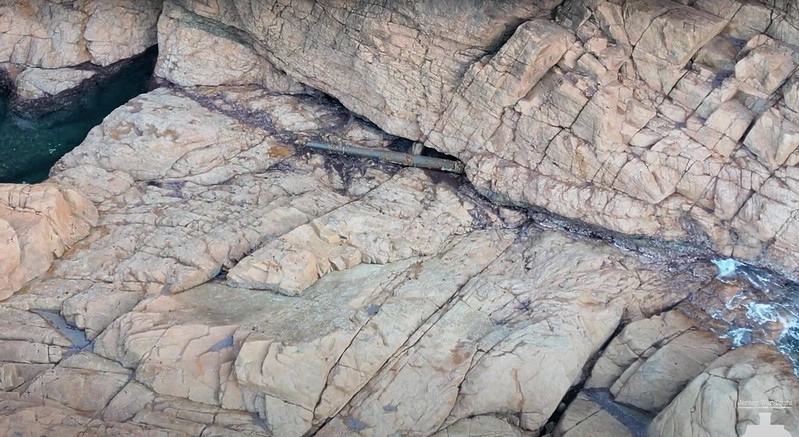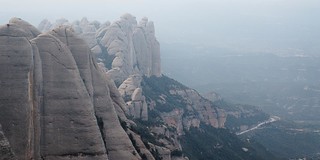The Jersey cliff where dozens of World War II German cannons were thrown
During World War II, the only British territory conquered by Germany were the Channel Islands, also called the Channel Islands.
Located off the French coast of Normandy, this archipelago is made up of five main islands (Jersey, Guernsey, Alderney, Sark and Herm) and three smaller islands (Jethou, Lihou and Burhou), as well as the islets of Les Minquiers and Les Écréhous. The Channel Islands have belonged to the British Crown since the Middle Ages, but are not part of England or the United Kingdom, having a very special political status. During World War II, Germany heavily fortified the island of Jersey. Many of the bunkers built by the Germans are still standing and have become tourist destinations.
At the end of the war, the Allies found 415 German guns of various calibres on Jersey. Most were small caliber anti-aircraft guns, but there were also dozens of coastal artillery pieces. Between May 1945 and March 1946, the Artillery Corps of the British Army dedicated itself to dismantling the German guns on the island. At that time, the military surpluses of the armies that had participated in the war were enormous, and the British artillerymen decided to drop 45 heavy guns onto the cliff of Les Landes, in the northwest corner of the island. A surprising solution.
In the 1990s, seven of the cannons thrown from the cliff were recovered and are now on display in Jersey and Guernsey. The other canyons remain in Les Landes, which today is known by the locals as the "Cemetery of the Cannons". There it is still possible to see some of those artillery pieces of calibers ranging between 150 and 220 mm, as can be seen in this video published today by Jersey War Tours:
One important note: In the video description, Jersey War Tours asks that you not visit the bottom of this cliff without an expert guide, "as there is a risk of injury or falling and dying is very high". You can see below some screenshots of the video, which documents very well the canyons that are still visible. Here we see the main group of cannons on this cliff. In the image we can see 150 mm K18 howitzers, 155 mm K418 howitzers, 210 mm Mörser 18 howitzers and 220 mm K532 howitzers (from the Roon Battery).

A lone 150mm Skl/45 naval gun. This gun, along with three others of the same type, was located at the Lothringen Battery that we saw here a few months ago.

A 150mm K18 howitzer sunk to the bottom of the cliff. There were 8 of these guns in the German defenses of Jersey, according to Jersey War Tours. Four were in the Haesler Battery and another four in the Schiefflen Battery.

Another half-sunken K18 howitzer at the bottom of Les Landes. The submerged part appears less eroded than the rest of the cannon.

A 155mm K418 gun (left) and a 210mm Morser 18 howitzer (right). The K418 was located at Moltke Battery, along with three other guns of the same type.

|
Don't miss the news and content that interest you. Receive the free daily newsletter in your email: Click here to subscribe |
- Lo más leído
- An old Soviet military plane abandoned from 1971 on a Russian island near Alaska
- A former secret submarine base in Estonia and its important role in the Cold War
- The infiltration of a group of Spanish explorers into the Russian aircraft carrier Minsk
- The supermassive black hole of Phoenix A, the biggest known light-devouring monster
- Minsk: an abandoned Soviet aircraft carrier with a plane, torpedoes and missiles inside
- A curious bunker from the World War II built in the face of a cliff
- The MRU, a mysterious underground city of nazi Germany with 80 km of tunnels

 ES
ES





Opina sobre esta entrada: